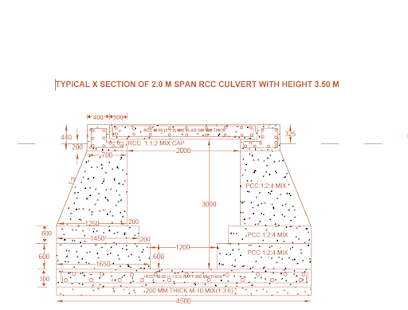Evolution of civil engineering
The Evolution of Civil Engineering -- September 24, 2025 Civil engineering, one of the oldest branches of engineering, has been at the heart of human civilization since the earliest days of structured society. From ancient wonders to today's smart cities, civil engineering has continually evolved to meet the demands of growing populations, technological advancements, and sustainability challenges. ## Ancient Foundations Civil engineering began thousands of years ago with monumental structures like the Egyptian Pyramids, the Roman aqueducts, and the Great Wall of China. These marvels showcased the ingenuity of early engineers who relied on basic tools, human labor, and innovative thinking to achieve architectural feats that still inspire awe. ## The Industrial Revolution The 18th and 19th centuries brought about a radical shift in civil engineering. The Industrial Revolution introduced new construction materials like steel and reinforced concrete, enabling the development of bridge...

